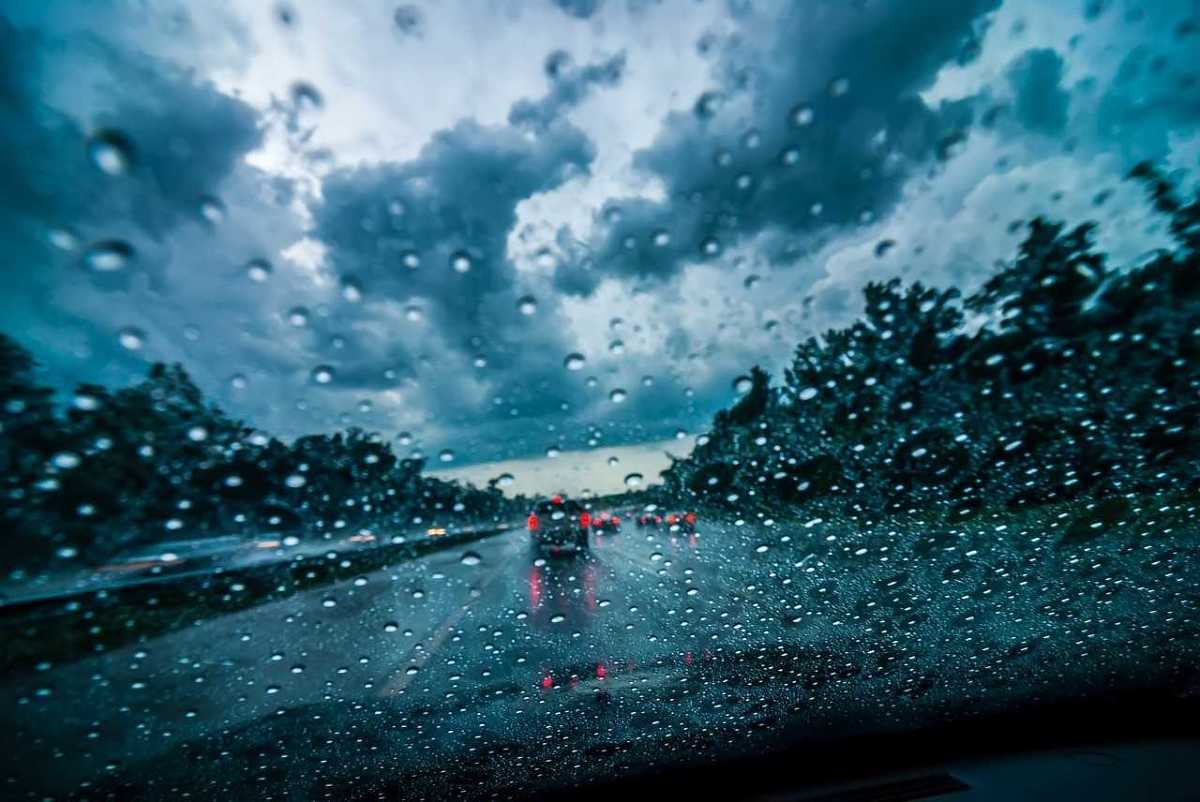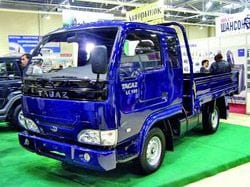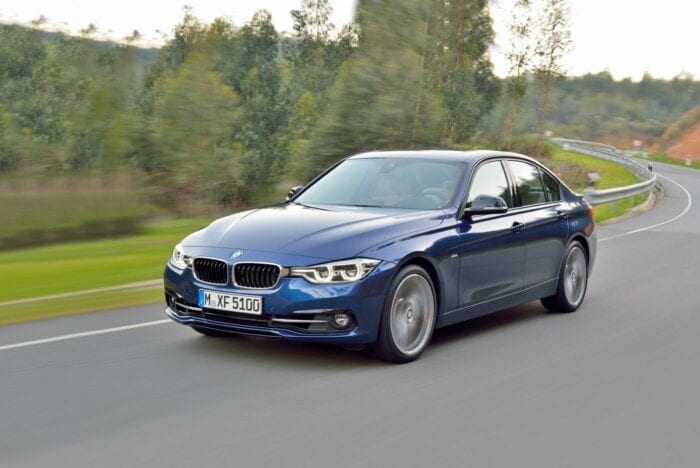
Storms and heat. How to handle the steering wheel?
 The end of August will be hot, but with thunderstorms and hail. Such weather conditions are a test for motorists.
The end of August will be hot, but with thunderstorms and hail. Such weather conditions are a test for motorists.
Everything points to the fact that the summer has not yet said the last word. At the end of August, hot days await us - the temperature will reach even over 30 degrees Celsius. It would seem that there is nothing to complain about. However, very high temperatures will be accompanied by storms and hail. Therefore, it is worth remembering: how to deal with the heat, how to use the air conditioner correctly and is the only way to deal with the high temperature, what is good for us and what is good for our car and what to do when we are surprised by a strong storm?
Keep your car from overheating
In order not to overheat the car interior when parking, it is worth equipping yourself with a thermomat behind the windshield. Even if it won't let you stay pleasantly cool, it will definitely keep your steering wheel, door handles or other accessories from getting burned.
The editors recommend:
Pedestrian buttons to disappear from intersections?
This is what you need to know when buying an AC policy
Used roadster at a reasonable price
In addition to the interior itself, you need to remember about the power plant of the car and a simple, basic rule: no coolant - no cooling. “Every day we see how many systems used in cars undergo technological changes. But the principle of operation of the cooling system is still the same: the liquid circulates in the circuit, takes heat from the engine and gives it back to the radiator. In hot weather, it is additionally stressed, as it is not able to transfer the heat generated by the engine as efficiently as at normal temperatures. The correct coolant level in hot weather is either good or bad for the engine. That's why you need to check it regularly, says Kamil Szulinski, customer service consultant at Master1.pl.
It is also necessary to check the oil level, which, in addition to lubrication, also performs a cooling function in the engine.
Attention with air conditioning
If we did not have the opportunity to protect the interior of the car from heating, we will get rid of the air conditioner, which significantly increases driving comfort. However, you should be able to use it. – The vast majority of drivers own cars with air conditioning. 99% of the vehicles we sold this year were equipped with this equipment. We know from experience that not every driver handles this correctly. Most of them turn on the air conditioning immediately after they get into a hot car, which is a big mistake, explains Kamil Szulinsky.
Why? Because the temperature inside a car left in the sun on a hot day can reach 50-60 degrees Celsius. And no air conditioner, even the most modern one, is able to immediately cool such a hot cabin. Then we most often direct a very strong stream of air at ourselves, thereby exposing ourselves to a cold. Before driving, it is better to ventilate the car well by equalizing the temperature inside and outside the car, or drive for a few minutes with the windows not too wide open. When the car is a little cooler, you can set up a stronger airflow, but preferably on the windshield - thanks to this, we will actually cool the interior of the car, and not cool ourselves. In addition, you should remember about the optimal temperature - keep it at the level of 19-23 degrees Celsius, which is less than 10 degrees lower than outside. Traveling in very low temperatures, we will suffer heat stroke when we step out of the car directly into the 30-degree heat..
Eco-driving is especially important in hot weather?
– There is no special driving technique in hot weather, but it is worth following the eco-driving recommendations, which we often tell our customers about. Thanks to this, we will not overheat the car. Therefore, we will try to drive at the lowest possible engine speed for this gear, gradually increase the gas - this is especially important for the cooling system - we will brake mainly with the engine and watch the situation on the road in order to keep the ride as smooth as possible as possible, advises Kamil Schulinski .
It's better to stay in the car during a storm.
Hot days are often accompanied by strong storms and heavy rains. If you are already on the road, then you should not lose your head and stay in the car. First of all, the car interior is a safe place, as it protects against an electrostatic field - in the event of a lightning strike, the cargo “flows” over the body without damaging the car and without posing a danger to passengers. Therefore, we can continue to travel safely as long as the weather permits.
Things to Avoid
If the storm is very strong and makes it impossible to continue on your way, move to a safe place. It is better not to stop on the side of the road, as it is dangerous in conditions of limited visibility. If we have to do this, do not turn off the dipped headlights, but turn on the emergency. However, it is better to choose an open space away from moving cars, trees, and tall installations such as poles or roadside advertisements. You should also avoid underestimating the terrain to avoid flooding the car in case of very intense precipitation.
See also: Hyundai i30 in our test
We recommend: New Volvo XC60
City - the scourge of drivers
During a stop, which is a break in the way or in a situation where we cannot park the car, it is worth taking care of the body and windshield - breaking it will be especially expensive, dangerous and interfere with further travel. For example, a mat that covers the windshield in hot weather, protecting the interior of the car from overheating, will help protect the body. An ordinary blanket or car mats will also work. If it's not just a temporary stop and we have the opportunity, heavy cardboard boxes and a car cover are practical. Troubleshooting after a hailstorm today is not difficult - repairs are carried out with minimal pushing of the car body and can be restored to almost perfect condition. However, this procedure can be costly. Drivers who have a car in leasing or subscription have the opportunity to pay for this type of service as part of the insurance package..
Beware of trailers and puddles
Strong winds and very wet road surfaces can make it difficult to maintain proper track. Especially problems may arise for drivers towing caravans, for example caravans. Both they and drivers passing or overtaking them must exercise extreme caution. During heavy rain, you should also remember to carefully drive through places where water is stuck. What looks like a large puddle can be quite a deep body of water. Slowly climbing or walking around an obstacle will help avoid chassis flooding. If you need to brake on a wet road, it's best to do it in impulses, simulating the ABS system - if you don't have one.

